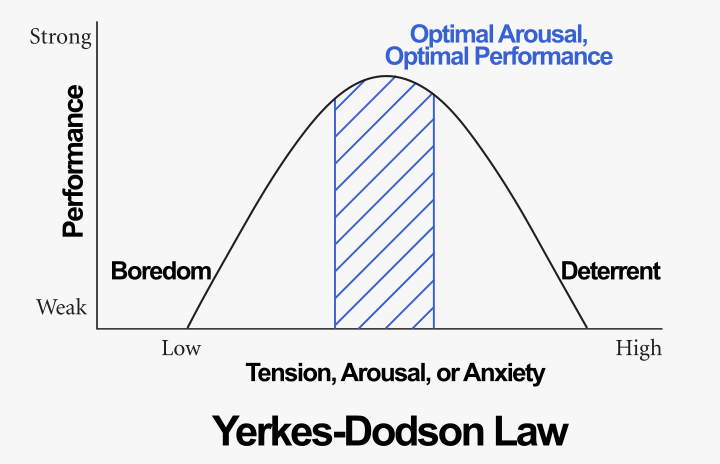Stoic philosophy recommends a practice called premeditatio malorum (“the premeditation of evils,”) i.e. intentionally visualizing the worst-case scenario in your mind’s eye.
The first point is to acknowledge that misfortunes and difficulties could, rather than certainly will, come about. The second is to envisage your most constructive response should the worst-case scenario transpire. For instance, if you’d lose your job due to coronavirus, what resources could you rely on, and how could you handle the consequences?
The direct benefit of premeditatio malorum is in taming your anxiety: when you soberly conjure up how bad things could go, you typically reckon that you could indeed cope. You’ll not dwell in the negative thoughts. Even the worst possible scenario couldn’t be so terrible after all.
Another surprising benefit of negative visualization is in raising your awareness that you could lose your relationships, possessions, routines, blessings, and everything else that you currently enjoy—but perhaps take for granted. This increases your gratitude for having them now.
This Stoic exercise has an equivalent in Buddhist meditation-based mindfulness practices that encourage nonjudgmental awareness of unpleasant sensations (the vedanā.)
Your emotions, sensations, and events are in flux. They arise and pass. You’re merely to regard yourself as the observer of these thoughts and feelings, but you’re not to identify with them. You are not your thoughts … you are not your feelings. The Buddhist teacher Jack Kornfield writes in The Wise Heart: A Guide to the Universal Teachings of Buddhist Psychology (2015,)
Thoughts and opinions arise but they think themselves and disappear, “like bubbles on the Ganges,” says the Buddha. When we do not cling to them, they lose their hold on us. In the light of awareness, the constructed self of our identification relaxes. And what is seen is just the process of life, not self nor other, but life unfolding as part of the whole.
Idea for Impact: Could you benefit from reflecting on how you think of potential negative events?
An awareness of the possible—and the self-determining attitude—can be quite liberating. Premeditatio malorum is a surprisingly useful technique, if only with a scary name.
“What then should each of us say as each hardship befalls us? It was for this that I was exercising, It was for this that I was training,” as Epictetus philosophized in Discourses (3.10.7–8.)
.jpg)
 When events have a downer-depressive effect, they can leave you
When events have a downer-depressive effect, they can leave you  Many people claim that they
Many people claim that they 
.jpg)